
AeroGenie — Uw intelligente copiloot.
Trending
Categories
CFM Unveils Blade-Out Design for RISE Engine; Airbus Opens Second A320 Line in Mobile

CFM Introduces Blade-Out Safety Design for RISE Open Fan Engine
CFM International has revealed new safety innovations for its next-generation RISE Open Fan engine, addressing critical concerns related to blade failure and operational reliability that have long challenged the aviation industry. The Open Fan, an advancement of the earlier Open Rotor concept, aims to deliver substantially improved fuel efficiency compared to conventional ducted fan engines, while overcoming the noise, vibration, and maintenance issues that previously hindered its adoption.
Unlike the original Open Rotor design, which employed counter-rotating fans, the Open Fan utilizes a single rotating fan paired with adjustable stators to optimize aerodynamic efficiency. Early Open Rotor prototypes from the 1980s suffered from excessive noise, reduced cruise speeds, and significant vibrations, as demonstrated in test aircraft such as the Boeing 727 and McDonnell Douglas MD-80. Additionally, maintenance complexities and the risk of blade separation—commonly referred to as "blade-out" events—posed serious operational challenges.
The partnership between GE Aerospace and Safran, operating as CFM International, asserts that these obstacles have now been largely overcome. Recent testing indicates that the Open Fan operates more quietly than the current CFM LEAP engine, while achieving cruise speeds comparable to those of the Airbus A320neo and Boeing 737 MAX. The companies are also conducting rigorous durability, reliability, and dust ingestion tests to address maintenance issues previously encountered with both the LEAP and competing Pratt & Whitney GTF engines.
Despite these advancements, industry skepticism remains regarding blade-out safety. Arjan Hageman, GE’s vice president for the future of flight, emphasized that the RISE engine is explicitly designed to manage blade-out scenarios. The engine’s fan rotates at approximately 1,000 RPM—significantly slower than the 2,500+ RPM typical of conventional ducted turbofans—and is similar in size to the propeller of an ATR-72 turboprop. This reduced rotational speed, combined with sixth-generation composite blades that are both lightweight and robust, means that a blade separation would release six times less energy than in traditional engines.
Hageman explained that, unlike conventional engines which require heavily armored fan cases to contain blade failures, the Open Fan’s lower energy release allows for less armoring. Instead, protection is provided by reinforcing the aircraft fuselage near the engine to safeguard against potential blade separation. Historical data supports this approach, as blade separations are rare in turboprops like the ATR and have not been reported on the Airbus A400M.
As CFM advances toward commercializing the RISE engine, it must also address the challenge of scaling production capacity to meet strong market demand—a difficulty that has affected its engine supply capabilities in recent years.
Airbus Expands Production with Second A320 Assembly Line in Mobile
In a parallel development, Airbus has inaugurated a second final assembly line for the A320 family in Mobile, Alabama, marking a significant expansion of its manufacturing footprint. This strategic move is expected to enhance Airbus’s production capacity and strengthen its position in the single-aisle aircraft market, particularly as the A320 family recently surpassed the Boeing 737 in total deliveries.
The establishment of the new assembly line is anticipated to intensify competition within the commercial aviation sector, placing additional pressure on Boeing to resolve ongoing manufacturing challenges and secure a reliable engine supply for its aircraft. With both engine innovation and production capacity ramp-ups underway, the industry is entering a period of heightened technological advancement and competitive dynamics.
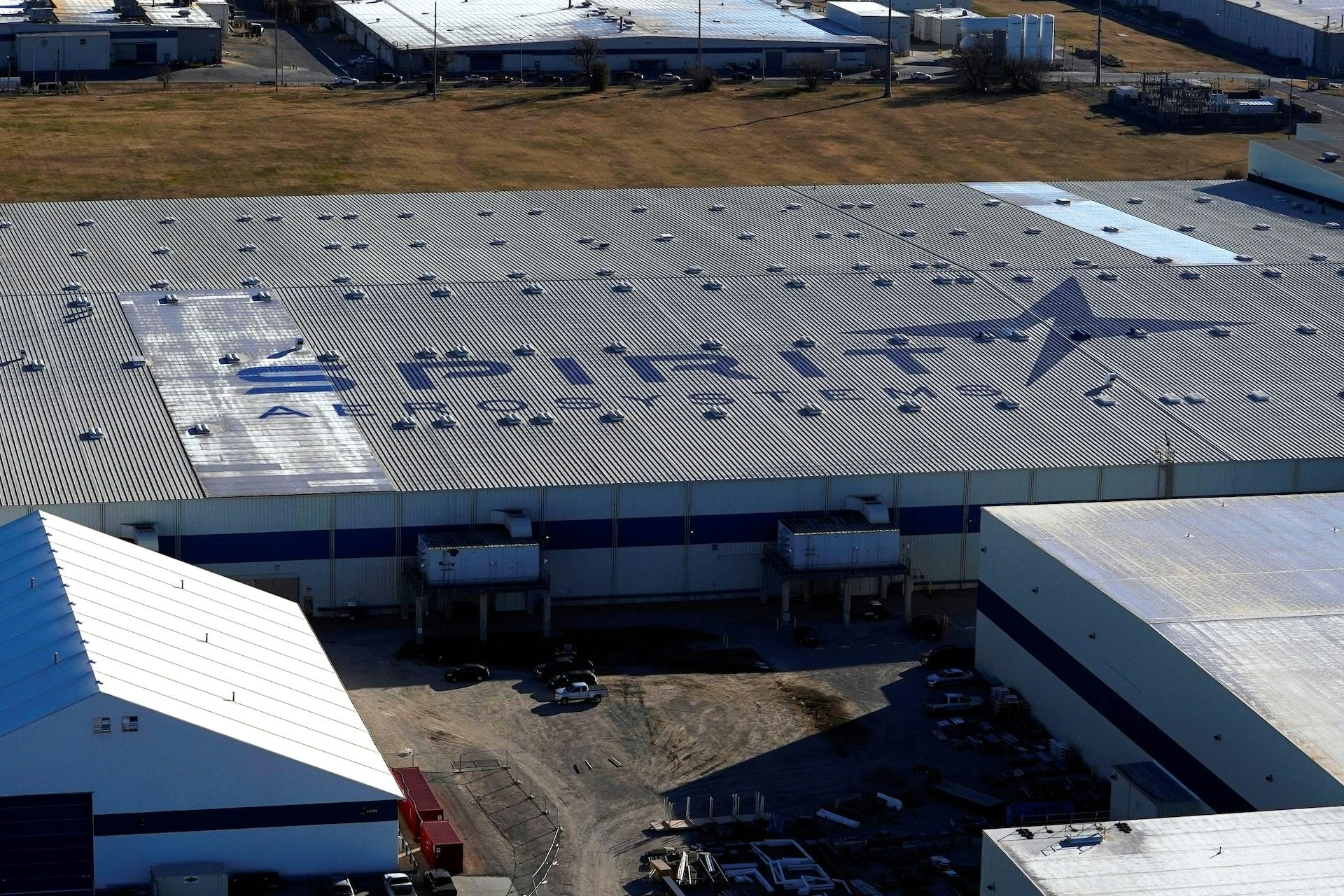
Boeing Finalizes Acquisition of Spirit AeroSystems, Enhancing Aviation and Defense Operations

GACA and Archer Sign MoU to Advance Air Taxi Deployment

Environment, Health, and Safety Software for Aviation and Aerospace
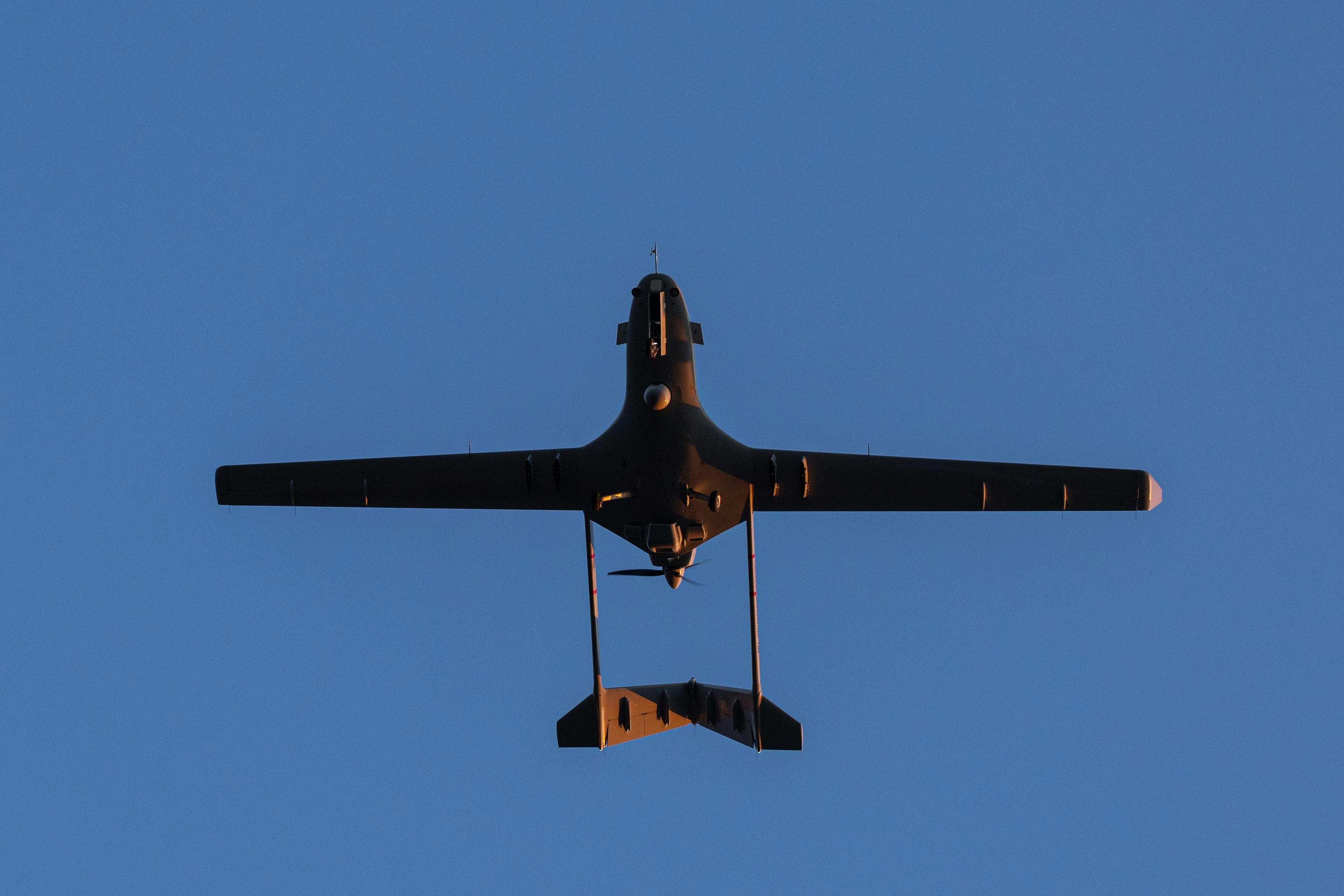
AI Enhances Aircraft Weight and Balance Safety
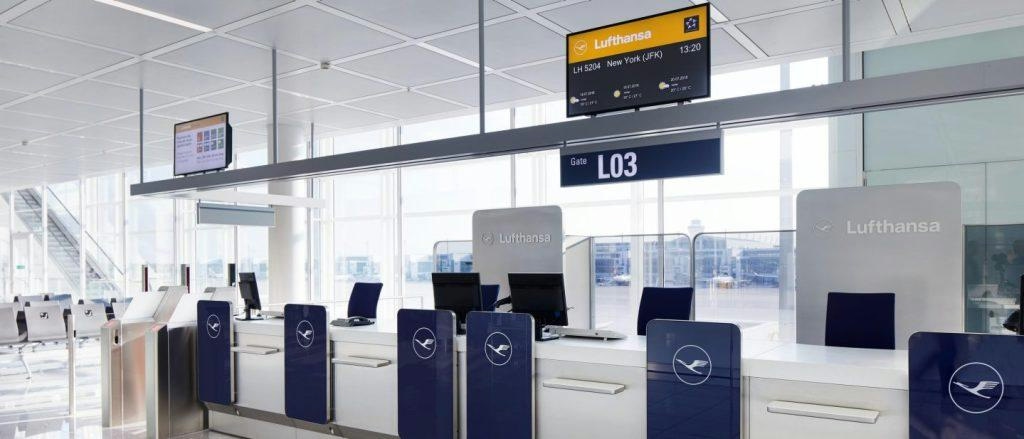
AI's Impact on Travel Industry Jobs

Airlines to Increase Use of AI in Setting Fares by 2026
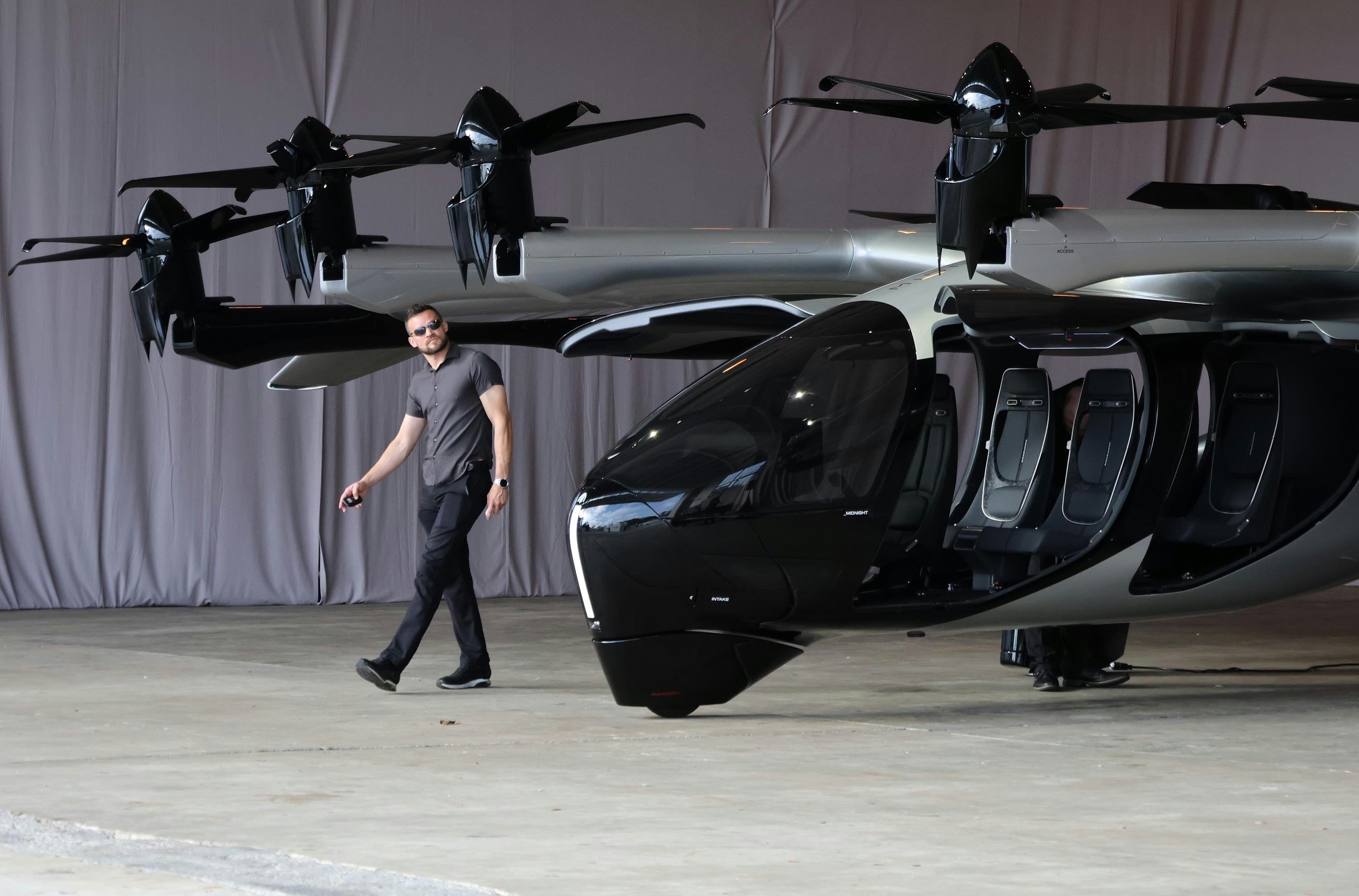
Archer Aviation Shares Rise 15% Following Miami Air Taxi Initiative and Tiltrotor Deal

The Cost of an Airbus A350
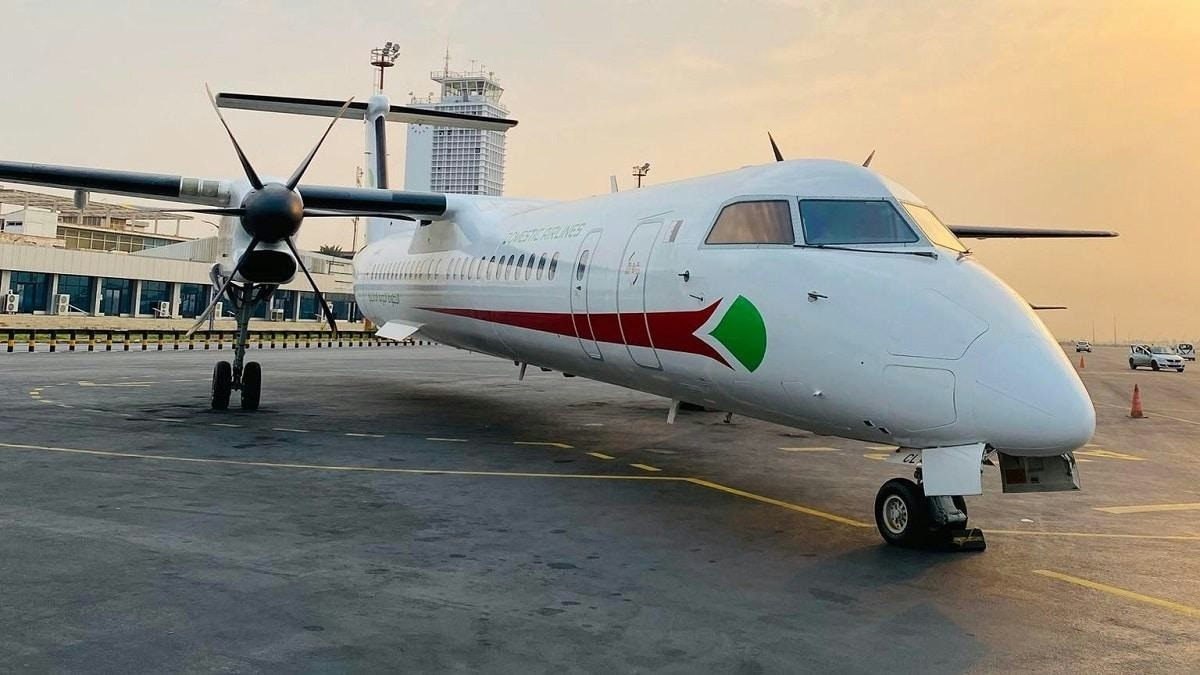
Air Algérie Launches Tour Operator and MRO Subsidiary to Boost African Aviation
